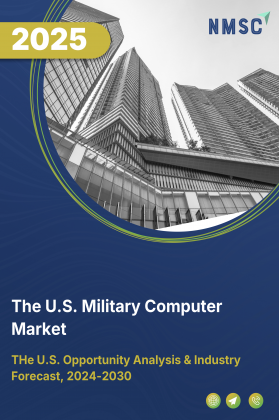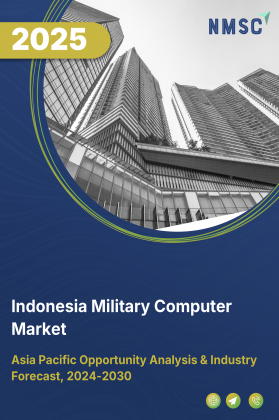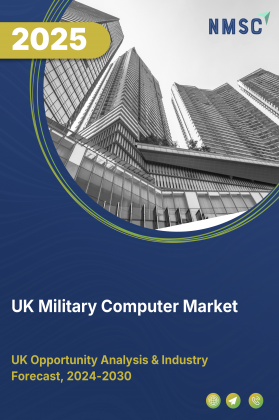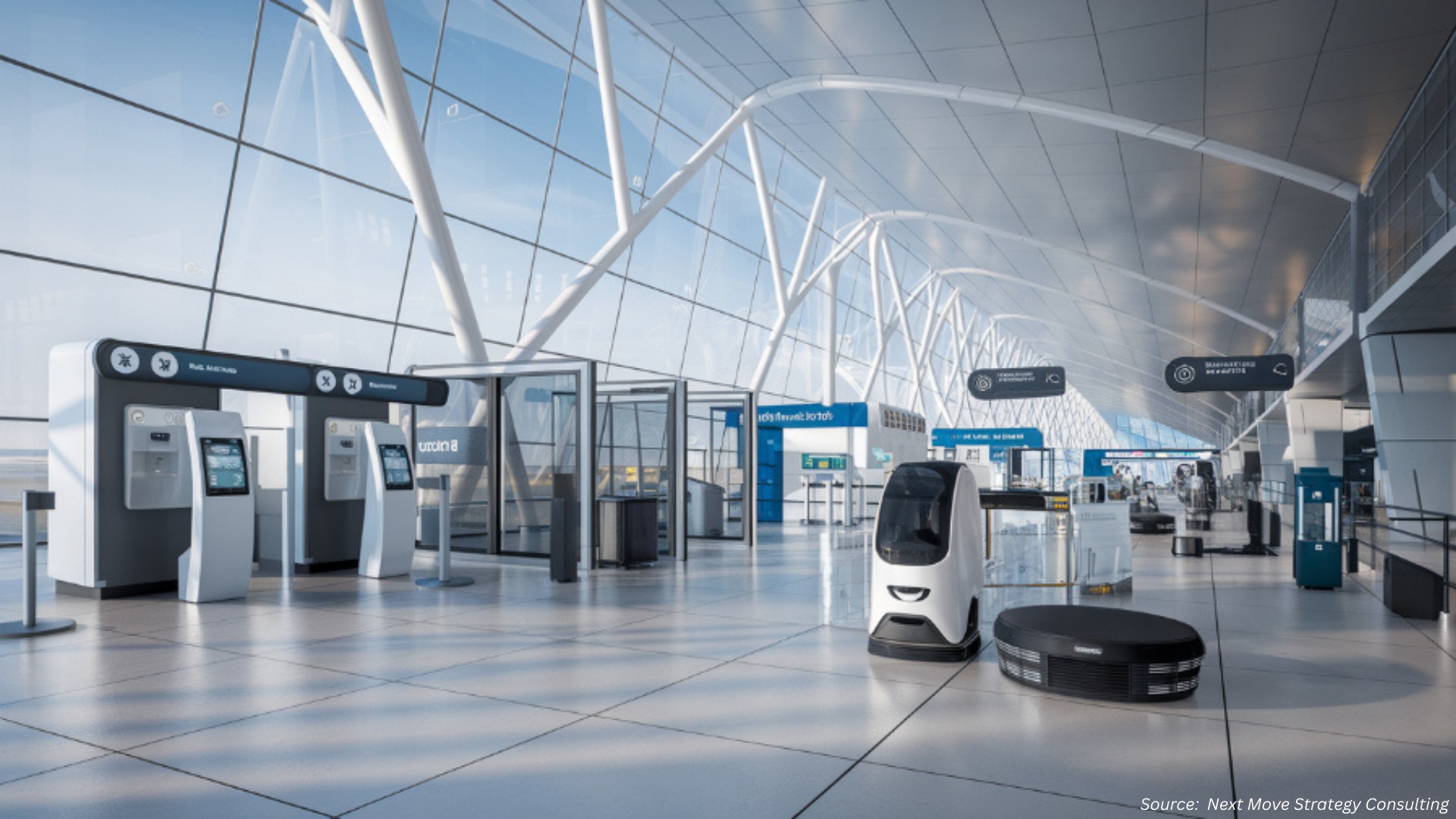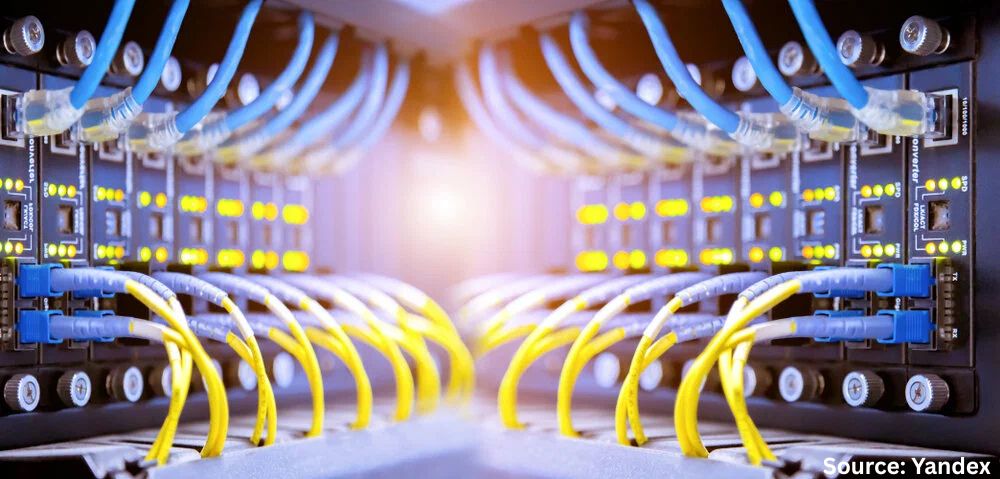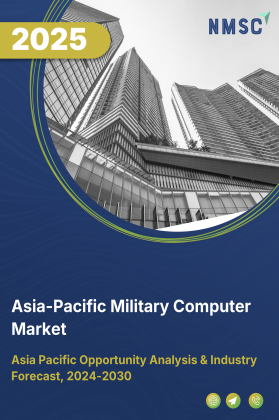
Asia-Pacific Military Computer Market by Component (Hardware, Software, and Service), by Product (Rugged Computer, Embedded Computer, and Wearable Computer), by Application (Command and Control Systems, Communication Systems, Combat and Tactical Operations, Intelligence, Surveillance, and Reconnaissance (ISR) Systems, and Others), and by End-User (Army, Navy, and Air Force) – Opportunity Analysis and Industry Forecast, 2025–2030
Industry: Aerospace & Defense | Publish Date: 07-Nov-2025 | No of Pages: 153 | No. of Tables: 158 | No. of Figures: 103 | Format: PDF | Report Code : AD3647
Industry Outlook
The Asia-Pacific Military Computer Market size was valued at USD 3.46 billion in 2024 and is projected to grow to USD 3.86 billion by 2025. Additionally, the industry is expected to continue its growth trajectory, reaching USD 5.64 billion by 2030, at a CAGR of 7.9% from 2025 to 2030.
The factors such as increased defense budget and growing military capabilities strengthening defense system drives market growth. However, the interruption faced in supply chain poses significant challenges to market expansion. On the contrary, the implementation of AI and ML technologies offers promising future opportunities to enhance operational efficiency and decision-making capabilities. Moreover, the top players such as such as Kontron AG, Microchip Technology Inc., and Intel Corporation are taking various initiatives in order to enhance their market position and expand their product offerings. These initiatives are expected to drive innovation and adoption in the military computer market, improving the overall effectiveness and readiness of defense forces. With advancements in AI and ML, companies are focusing on developing reliable communication and autonomous systems, offering enhanced security, privacy, and user control. As the market matures, the increasing demand for enhanced operational efficiency and decision-making capabilities is expected to fuel further growth.
Increasing Defense Budgets Driving the Asia-Pacific Military Computer Market Growth
The rise in military spending in the region is a key driver for growth in the military computer market. As defense budgets increases, there is an increased focus on acquiring advanced computing systems to improve operational capabilities. These systems are vital for real-time data analysis, communication, and mission-specific applications. With higher defense spending, the military gains access to high-performance technologies that enhance operational efficiency. This shift towards advanced military computing systems fosters market expansion. The emphasis on strengthening defense infrastructure through technology further accelerates the adoption of these systems, supporting overall market growth.
Technological Modernization and Strategic Expansion Driving Asia-Pacific Military Computer Market Demand
The Asia-Pacific region is witnessing a surge in investments toward modernizing military infrastructure, fueling demand for advanced military computing systems. Growing defense budgets, increasing border security concerns, and the need for real-time intelligence and mission-critical data processing are key drivers. Militaries in countries such as India, Australia, and Japan are prioritizing network-centric operations, automated command systems, and secure communications, which require robust computing platforms. Additionally, rising geopolitical tensions and the emphasis on cyber defense and electronic warfare technologies are further accelerating the adoption of rugged military computers. These factors collectively support market expansion by enabling faster decision-making, enhanced situational awareness, and improved operational efficiency.
Disruption in Supply Chain Restrains Market Growth
The disruptions in the supply of essential components delay the timely procurement of military computer systems. Without access to cutting edge technology, the defense sector of the country is unable to fully utilize advancements in real-time data processing, secure communications, and complex simulations that are critical for modern warfare. This delay in innovation prevents defense forces from leveraging the latest technologies, reducing operational efficiency and limiting the overall effectiveness of military computing solutions that in turn is restraining market growth.
Integration of Artificial Intelligence and Machine Learning Technology Creates Future Market Opportunities
The integration of advanced technologies, such as artificial intelligence (AI) and machine learning (ML) creates possibility for military computer market growth. Military forces all over the region seeks to improve their capabilities to stay ahead of adversaries. These technologies allow military computers to analyze vast amount of data from various sources to provide actionable insights that improve situation awareness and tactical planning. Also, these advanced technologies enable continuous learning from past operations and evolving threats, improving the performance of military computers. As defense budgets continue to rise and the need for advanced technologies increases, the integration of AI and ML in military computers is expected to drive significant growth in the market.
China Dominates the Asia-Pacific Military Computer Market Share
The rise in military expenditures in the country drives the growth of the market due to facilitating investments in advanced computing systems aimed at enhancing operational capabilities. Military computers with its advanced technologies process vast amount of data that helps in rapid decision making. This enables defense forces to acquire advanced systems essential for real-time data analysis and mission-critical applications. The surge in defense spending enhances access to high-performance military computing technologies that fuels market growth as the country prioritizes technological advancements to strengthen its defense infrastructure.
Moreover, the increase in military capability in China fuels the demand for mission computers as defense forces seek advanced systems to enhance operational effectiveness and decision-making in complex environments. As per the Lowy Institute Asia Power Index, China scored reached 69.7 in 2024, marking a 4.3% growth compared to 2021. These systems are essential for real-time data processing, communication, and mission planning that enable Chinese defense forces to maintain superior situational awareness, respond rapidly to emerging threats, and optimize resource allocation during operations. Thus, the growth in military capability drives the adoption of military computers boosting market growth, as China prioritizes technological upgrades to improve its defense operations and maintain strategic advantage.
Australia to Witness Substantial Growth in the Asia-Pacific Military Computer Market
The increase in military capabilities in Australia accelerates the demand for mission computers as the need for advanced systems improves operational efficiency and strategic decision-making in complex scenarios. These systems are essential for real-time data processing, secure communication, and effective mission planning. A report from Lowy Institute Asia Power Index mentions that Australia marked a growth of 3.8% by increasing its score to 27 in 2024 from 26 in 2023. This surge in Australia's score highlights the country's focus on modernizing defense strategies, thereby fueling the adoption of mission computing systems and driving market expansion.
Additionally, the growth in defense spending in the country accelerates the adoption of advanced computing systems focused on enhancing operational capacity. These investments enable defense forces to deploy high-performance technologies essential for real-time mission management and data analysis. This rise in defense funding emphasizes the country’s strategic focus on technological upgrades, spurring the demand for military computing systems and contributing to market growth.
Competitive Landscape
Several key players operating in the Asia-Pacific military computer industry are Kontron AG, Microchip Technology Inc., Panasonic Holdings Corporation, Collins Aerospace, Intel Corporation, ADLINK Technology Inc., Qualcomm Technologies, Inc., Thales Group, NVIDIA Corporation, Crystal International Group Limited, Palantir Technologies Inc., IBM Corporation, Curtiss-Wright Corporation, L3Harris Technologies, Inc., Neousys Technology and others.
Asia-Pacific Military Computer Market Key Segments
By Component
-
Hardware
-
Processors
-
Input/Output Devices
-
Others
-
-
Software
-
Operating Systems
-
Application Software
-
-
Service
By Product
-
Rugged Computer
-
Rugged Laptops
-
Rugged Tablets
-
Rugged Displays
-
Rugged Handhelds
-
-
Embedded Computers
-
Wearable Computers
By Application
-
Command and Control Systems
-
Communication Systems
-
Combat and Tactical Operations
-
Intelligence, Surveillance, and Reconnaissance (ISR) Systems
-
Others
By End User
-
Army
-
Navy
-
Air Force
By Country
-
China
-
Japan
-
India
-
South Korea
-
Australia
-
Indonesia
-
Singapore
-
Taiwan
-
Thailand
-
Rest of Asia-Pacific
Key Players
-
Kontron AG
-
Microchip Technology Inc.
-
Panasonic Holdings Corporation
-
Collins Aerospace
-
ADLINK Technology Inc.
-
Qualcomm Technologies, Inc.
-
Thales Group
-
Crystal International Group Limited
-
Palantir Technologies Inc.
-
IBM Corporation
-
Curtiss-Wright Corporation
-
L3Harris Technologies, Inc.
-
Neousys Technology
Report Scope and Segmentation
|
Parameters |
Details |
|
Market Size in 2024 |
USD 3.86 Billion |
|
Revenue Forecast in 2030 |
USD 5.64 Billion |
|
Growth Rate |
CAGR of 7.9% from 2025 to 2030 |
|
Analysis Period |
2024–2030 |
|
Base Year Considered |
2024 |
|
Forecast Period |
2025–2030 |
|
Market Size Estimation |
Billion (USD) |
|
Growth Factors |
|
|
Countries Covered |
10 |
|
Companies Profiled |
15 |
|
Market Share |
Available for 10 companies |
|
Customization Scope |
Free customization (equivalent up to 80 working hours of analysts) after purchase. Addition or alteration to country, regional, and segment scope. |
|
Pricing and Purchase Options |
Avail customized purchase options to meet your exact research needs. |

















 Speak to Our Analyst
Speak to Our Analyst



